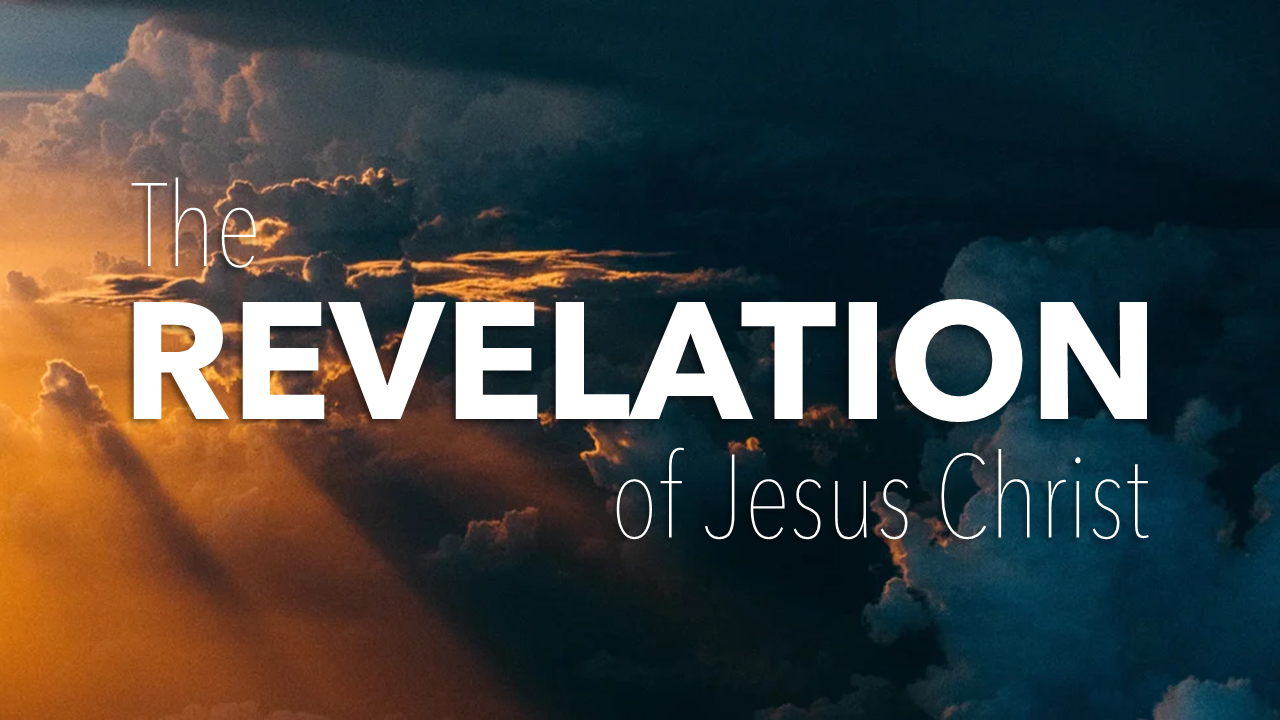The New Jerusalem
Revelation 21:9-27
After John described the Millennial Kingdom (Rev 20:1-6), the last battle (Rev 20:7-10), and the Great White Throne judgment (Rev 20:11-15), he introduced us to the New Creation (Rev 21:1-8). This new creation will be a new solar system and earth which he will make, free from all vestiges of evil. After describing this new creation, John then zooms in on a city called the New Jerusalem, which he briefly introduced already (Rev 21:2), but now he describes it in more detail (Rev 21:9-27).
John received an invitation to tour the city. (Rev 21:9-10)
This invitation came from one of the seven angels who carried out the final series of bowl judgments on the former Earth and its wicked system called “Babylon.”
This angel invited John to get an “up close” view of this special city described as “the Lamb’s wife.” This description as being a bride and a wife indicates that this scenario refers not only to the city itself but to the people in the city as well.
John viewed this city from an overlook on a large mountain nearby, and he noted once again that this city was not newly created but had descended “out of heaven from God” (cf. Rev 21:2).
The city shines brightly. (Rev 21:11)
John describes this city as radiating with brilliant light. The light was so bright that John struggled to describe it well, so he described it as a precious gemstone, having some colorful hues (like a jasper stone) while also being clear (like a crystal). What’s most important to know is that the source of this light was not the lamps in its houses and streets, but the very glory of God himself.
Impressive walls surround the city. (Rev 21:12-21)
John gives a lot of attention to the walls surrounding this city – including the size of these walls and therefore of the city itself.
- The wall surrounding this city was very large, very tall, and therefore very imposing and impressive.
- The wall featured twelve gates (or entry points).
- An angel was stationed at each gate.
- Each gate featured the name of one of the tribes of Israel.
- Three gates were located to the north, three to the east, three to the south, three to the west.
- It rested upon twelve large foundation stones.
- Each massive stone featured the name of one of the apostles.
Since the gates are where the traffic of the world will come in and out from this city, placing the names of the twelve tribes of Israel will remind the world forever of God’s faithful promises to Israel, including his promise of an everlasting city.
By featuring the names of the twelve apostles on the foundation stones, God also reminds the world that this city and all come and go from it are rooted in the gospel of Christ (not the OT law) and that the church will be joined together with believing Israel as the one, eternal people of God.
The measurements of this city are incomparably impressive.
- The measurements give a three-dimensional size (length, width, and height).
- These measurements do not necessarily mean that the city is shaped like a cube, however, but may simply describe the highest point in the city (as in the tallest point on the skylines).
- The measurements amount to about 1,400-1,500 miles in each direction, which compares approx. to full width and half the length of the continental United States.
- The walls surrounding this city measured approx. 220 ft. thick., which is about as wide as the wingspan of a 747 plane.
A city of this scale will be necessary to accommodate all the believers from the history of the world. And though the city may not necessarily be a cube (though it might be, too), the cubical dimensions resemble the Holiest Place in the Temple (2 Chron 3:8), which was a cubical space as well, just much smaller. This type of measurement reminds us that this city will be the center of the concentrated presence of God.
The building materials of this city will represent extravagant, opulent beauty and wealth.
- The walls were constructed from colorful jasper stone.
- The buildings within the city were constructed from gold that was so pure it was translucent.
- The twelve foundation stones were not just stones with gemstones decoratively cemented onto them but were gemstones themselves – twelve different kinds of precious gemstones.
- The twelve gates were each carved from a single pearl (rather than simply being a pearl), which seems unimaginable but is most impressive.
- The main street (or city square) was paved with pure, translucent gold. This is not necessarily a reference to every street but the main street or city square.
From these descriptions, we learn that this city will have no rival in opulence and splendor.
God the Father and the Lamb will be the prevailing influence there. (Rev 21:22-23)
John tells us that he saw no Temple in this New Jerusalem, which is surprising since the center of Jerusalem has always been the Temple and since the throne room of God in heaven has been presented as a Temple in heaven. However, John resolves this apparent dilemma by letting us know that God the Father and God the Son were themselves the Temple, removing the need for a building to house them. There is also a sense in which the entire city (as we’ve noted previously) is a massive Holy of Holies, with the remainder of the new Earth and the solar system being the “rest” of his “temple.”
John also observed that this city did not need sunlight or moonlight because the light that emanated from the glory of God provided all the light it needed. This does *not* necessarily mean that there will be no sun or moon in the sky, or that there will be no sunlight or moonlight anywhere else in the New Creation. It simply means that there will be no need for these light sources in this city.
No matter where you in the world you will be coming from to visit this city (like first-century travelers looked for the lights of the city on a hill, or like modern-day travelers look for the lights of a city from the airplane window), you will know which direction to go because the light of this city will be impossible to miss.
The city will be the global economic and political center. (Rev 21:24-26)
Throughout eternity, people who’ve been saved from all the nations of the world will come and go from this city, just as people come and go from NYC today. These people will include the rulers of nations throughout the world. This city will not only be the center for worshiping God, but it will be an economic and political center, too.
No wicked people or influence will enter this city. (Rev 21:27)
Just as John has already reiterated about the entire New Creation (Rev 21:8), he reiterates here again that no influence or influencers of evil will have any access to this city. The city will be a “crime-free, sin-free” zone completely.
Key Takeaway
The New Jerusalem inspires us to look for something far better than what we have today.
As Buist Fanning observes, “The mess we have grown accustomed to seems just fine until we catch sight of something far better.”[1] Even the United States of America is not that “shining city on a hill” we want it to be – nor will it ever be.
- I like my house until I see a bigger one.
- I like my car until I see a faster one.
- I like my job until I find a more enjoyable one.
- I like my city or hometown until I see a better one.
Though this experience often fuels a sinful, covetous desire within our hearts to be discontent with what God has given us now, this experience is wholesome when we are longing for the city of God. It’s that aspiration that motivated Abraham to leave his birthplace and city behind to pursue a better city.
By faith Abraham obeyed when he was called to go out to the place which he would receive as an inheritance. And he went out, not knowing where he was going. By faith he dwelt in the land of promise as in a foreign country, dwelling in tents with Isaac and Jacob, the heirs with him of the same promise; for he waited for the city which has foundations, whose builder and maker is God.
Hebrews 11:8-10
This same aspiration should motivate us to live like pilgrims in the world today and not as permanent residents.
For here we have no continuing city, but we seek the one to come.
Hebrews 13:14
As much as you may love your hometown or the city you live in, or as much as you may be enthralled with some exotic vacation destination that you love to frequent, let’s face it. The New Jerusalem does more than nudge these present destinations aside by an inch – it blows them all away by miles.
And what’s most impressive about this city is not its massive size or opulent appearance, but the fact that it's where God himself and Christ himself reside – in person. There’s no city in the world today that can rival such an attraction. None at all. I can’t wait to go to this city and see God. Can you?
[1] Buist M. Fanning, Revelation, ed. Clinton E. Arnold, Zondervan Exegetical Commentary on the New Testament (Grand Rapids: Zondervan Academic, 2020), 547.

